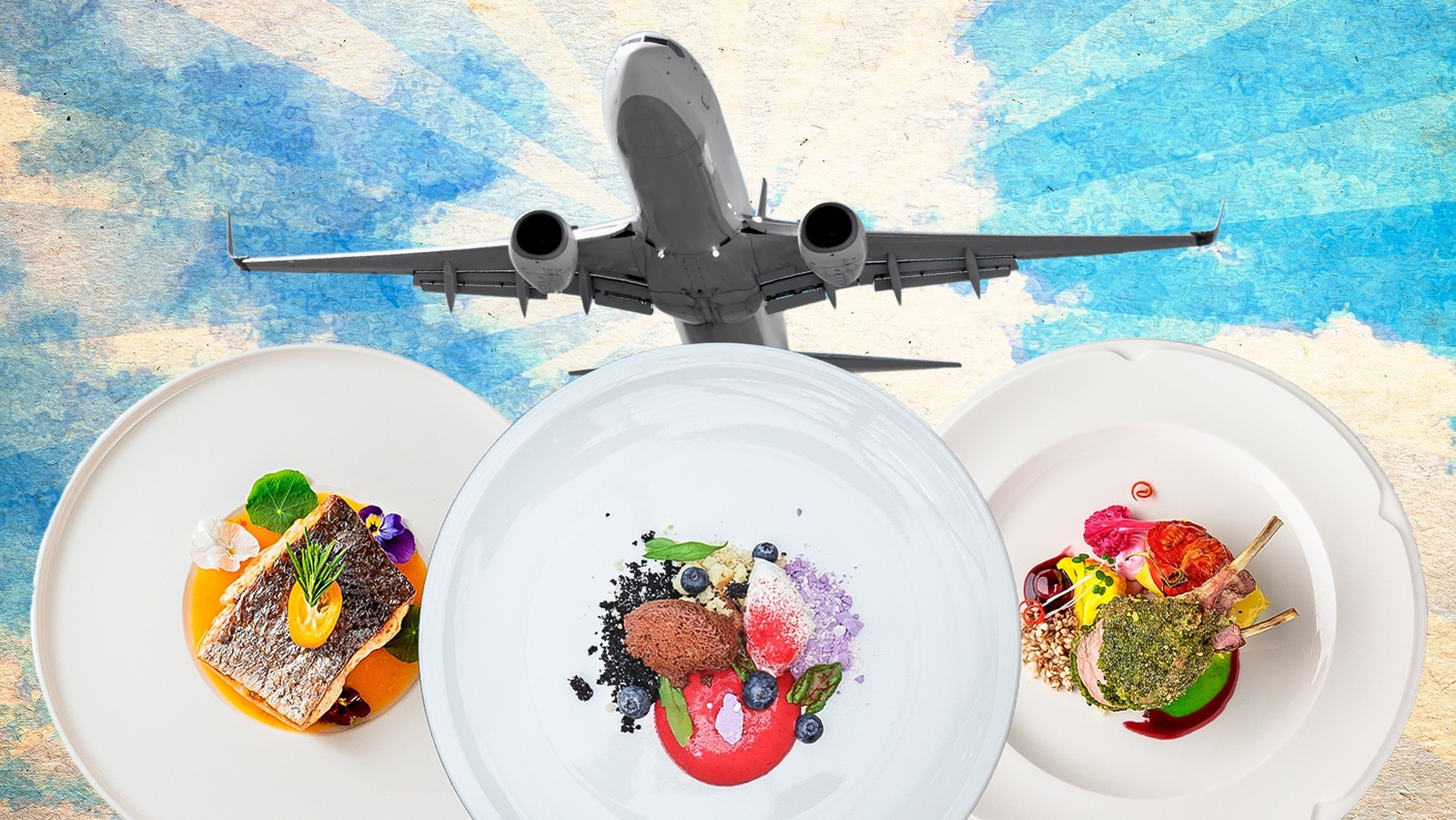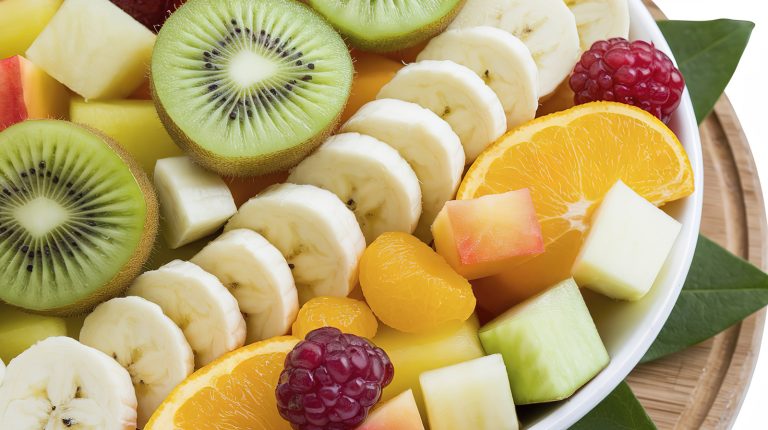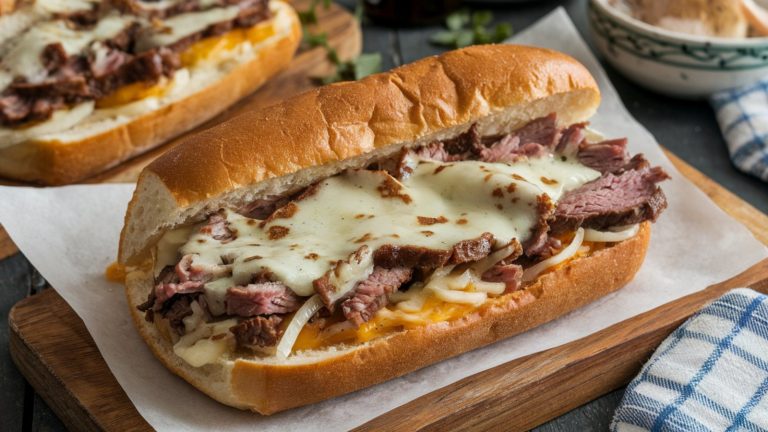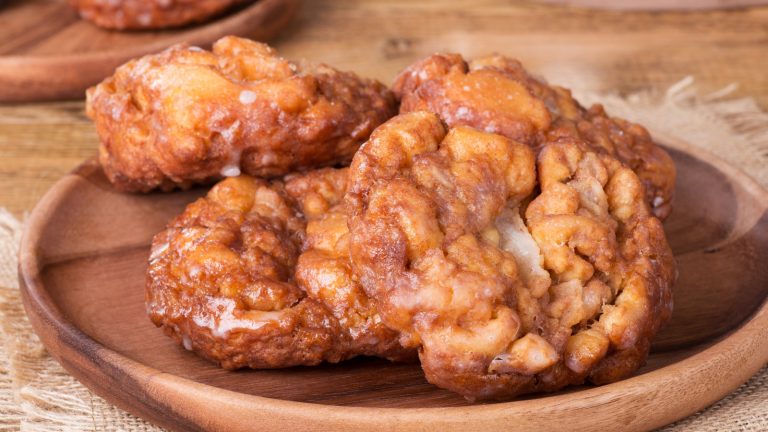Airplane food is no longer just a TV dinner in the sky. Today’s airlines take in-flight dining seriously, especially when it comes to passengers flying first class. In fact, some airlines are upping the ante to the extent that professional chefs are helming first-class flight menus for breakfast, lunch, and dinner. That’s how Alaska Airlines is doing it. This elevated approach got me thinking: What does it take to pull off fine dining at 30,000 feet?
Fine dining fare is at its best when the flavors are pronounced, well-balanced, and express something deeper than food on a plate. The ability to tell stories through food requires talent, passion, and drive that chefs spend countless hours perfecting — on solid ground. Creating dishes that have the same impact in the air introduces a unique set of challenges. Airplane food is precooked and reheated. Meals are prepared in tiny airplane galleys for diners with culinary preferences all over the map. To learn more, I spoke with Brandon Jew and Brady Ishiwata Williams, two James Beard Award-winning chefs who know all about embracing the obstacles of high-altitude cuisine. I also tried their airplane food.
Jew and Williams have teamed up with Alaska Airlines to create Chef’s (tray) Table, a program providing first-class passengers with in-flight menus created by some of the West Coast’s brightest tastemakers. I met up with the chefs in Seattle to talk menu inspiration, the trial-and-error process of going gourmet in the sky, and the future of in-flight dining.
First class in-flight dining soars to new levels of excellence
People’s expectations of airplane food have evolved. You’ll need a first-class ticket to enjoy the very best of what an airline has to offer — however, a lot of airlines are upping food quality for all passengers. Delta Airlines, for instance, offers a pre-order option for vegan, kosher, and halal meals on select flights. Most of the time, first-class meals set the quality standard. Austrian Airlines, Garuda Indonesia, Saudia Airlines, and Turkish Airlines have all hired in-flight chefs to prepare meals for premium-category passengers.
Brandon Jew’s collaboration with Alaska Airlines, which began in 2024, is a hallmark of the new era in airplane food. Jew owns Mister Jiu’s, a Michelin-starred restaurant in San Francisco. His fine-dining sensibilities and creative vision brought forth dishes of tea-smoked soy chicken with pickled lotus root, and Hong Kong-style French toast topped with rosewater-strawberry compote. Both meals feature lap cheong — one of Asia’s most popular types of sausage. Jew’s previous Chef’s (tray) Table menu featured braised duck leg with wood ear mushrooms, and roasted black cod.
Other airlines are also flirting with foodie flair. In recent years, Air France also hired Michelin-starred chefs to prepare seasonal meals for premier-class passengers. Aboard Emirates, expect caviar and artisanal cheeses. As more airlines raise the gastronomy bar, passengers come to expect that the meals they eat on board will be tastier, mindfully sourced, and more inventive than the heat-and-eat food trays from years past.
Gourmet food prep at 30,000 feet requires special skills
Remember those episodes of “Top Chef” that challenged cheftestants to make airplane food taste good? That series highlighted the specific difficulties inherent to elevating airplane eats. For Brady Ishiwata Williams — the owner of Tomo, a Japanese-inspired restaurant in Seattle — cooking techniques he uses at sea level were tweaked to be in-flight ready. This was particularly true for elements on his airline menu that need to be crispy.
Reheated food and crispy textures typically exist in separate realms of the eating experience. If you’re trying to remember a time you ate warm, crispy food on a plane, I’m willing to bet it was never. Williams wanted fried chicken and a mochi waffle on his breakfast menu, and sogginess has no part in that equation. During months of menu-testing, Williams tinkered with cooking methods, drawing upon a recipe for cold fried chicken and omitting certain ingredients in the waffle. When asked how he pulled it off, Williams smirked boyishly. “That’s a trade secret,” he replied.
Other change-ups are sometimes needed. Brandon Jew explained that when he first rolled out his duck-leg dish for Alaska Airlines, the meat was served bone-in. Professional chefs know that bone-in meats can impart more flavor, but some first-class passengers had misgivings. Delicious as they may be, proteins that are commonly eaten with hands don’t comport with etiquette rules for eating on a plane. Jew said that he later revised the duck dish to feature a boneless cut.
There’s more to upscale airplane food than being fancy
You don’t earn James Beard Awards for being just like everybody else. Chefs who deserve these accolades have a distinct point of view, put their heart into every dish, inspire the senses, and make a difference in their communities. Whether you enjoy fine dining at 30,000 feet or in a restaurant planted on the ground, the dishes you want to order again and again are made by chefs who understand that food is personal.
I once had lobster claw aboard an Air France flight, which left an indelible impression on me. Nonetheless, the airplane food created by Brandon Jew and Brady Ishiwata Williams feels even more special than that, because of how unmistakably inspired these meals are. Culture and heritage are the two-pronged muse for both chefs. Sharing that with an airplane-passenger audience is beautiful and challenging at once.
There is a caveat. Williams explained that when guests eat at your restaurant, they’re familiar with your food to some degree — they’re seeking out your brand of cuisine. Designing a menu for an airline involves thinking about a much broader audience. Jew and Williams put their heritage and culture at the forefront of what they cook, and it’s expressive, bold, and personal. To bring the same integrity to in-flight dining is a delicate dance. It’s about challenging passengers’ notions of fine dining while also meeting them at their tray tables. It requires creating food they’ll not just enjoy, but remember.
Sustainability and regional cuisines still matter in the air
Regional sourcing is a jewel of fine dining, but is it still achievable aboard airplanes? “We source locally as much as possible,” Brady Ishiwata Williams said of his airline menu, which debuts on June 5. Williams and Brandon Jew are both urban chefs with strong ties to their local communities. This common thread is central to how they cook, and an ethos that both maintain at 30,000 feet.
Williams is adamant about sourcing beef for his glazed short rib dish from Klingeman Family Farm. This producer is renowned as operating the first ranch to receive Non-GMO Project verification. “A different source wouldn’t work,” Williams emphasizes — but Klingeman doesn’t operate on a factory-output level. When small-batch ingredients play a pivotal role in an airplane meal, airlines must pay close attention to how much of that product can be ordered per flight. Online pre-ordering by passengers helps ensure that supply and demand are in sync.
Sustainable, regional meals are also a must for Jew. The chef incorporates lap cheong sausage into his in-flight menu, and sources it from Wycen Foods, a cured-meat purveyor based in San Francisco’s Chinatown that’s been around since 1948. Jew also sources meat from Stemple Creek Ranch in Tomales, California, which proudly exemplifies how regenerative farming could positively impact the future of food. These sources reflect a wider trend of airlines embracing sustainable agricultural practices, as seen when Singapore Airlines introduced a Farm to Plane program in 2019.
The future of fine dining looks up
Fine dining in the sky can only be achieved when chefs thoroughly understand the reason food tastes different on an airplane. When airborne, plane cabins have diminished atmospheric pressure and low humidity, causing our taste buds to become less sensitive to sweet and salty flavors. An airline menu loaded with high-quality ingredients and interesting flavors will not live up to its full potential unless the chef behind it has adjusted the recipes to best serve the temporarily altered palates of in-flight diners.
Brady Ishiwata Williams explained that upping the acidity, umami, and boldness of flavors is crucial to getting meals to have the same impact aboard airplanes as they would on the ground — but it’s equally important that the flavors remain in balance. Certain foods have naturally higher levels of umami, such as mushrooms, fish, seaweed, and soy products. Williams’ buckwheat soba with ahi-tuna tataki for Alaska Airlines is a prime example of letting umami elements shine. The cold noodle dish incorporates ponzu broth, edamame, pickled seaweed, and a spicy chili crisp.
Such thoughtful flavor elements don’t usually make their way to the rear section of the plane, but some airlines are bringing upscale-inspired foods into economy seating. For instance, Korean Air is known to serve delicious bibimbap as a standard coach menu option. As airplane meals continue to evolve, we could see other airlines make more concerted efforts to include economy passengers in what’s becoming an ever-progressing airplane food journey.
Final impressions
“It’s not the destination, it’s the journey.” This old saying isn’t usually attributed to air travel, but that is changing. The idea of inviting passionate, young American chefs to share thought-provoking culinary stories with passengers is a thoroughly modern phenomenon. And it’s an important one.
I was fortunate enough to talk with Brandon Jew and Brady Ishiwata Williams, and hear how excited they are to be part of this new chapter of airlines providing the best-quality meals. Had I tasted the chefs’ airline menu selections without speaking with them, I still would’ve known that this food hits different. It’s creative and special. It makes you want to learn more about what you’re eating — something I never thought I’d say about an airline meal.
Yes, most of the chef-curated specialties offered by airlines are reserved for first-class passengers on select flights who pre-order these meals. Fine dining hasn’t reached coach, but that doesn’t mean the gap in quality will always be substantial. It’s 2025, and ideas about food are evolving at a rapid pace. The meals eaten in the economy section don’t have to be loaded with chemicals, or be made with bottom-of-the-barrel ingredients. There’s a worldwide pull for food makers — from farmers to manufacturers to chefs — to create products with a sense of greater care. It’s exciting to see airlines answering the call.





